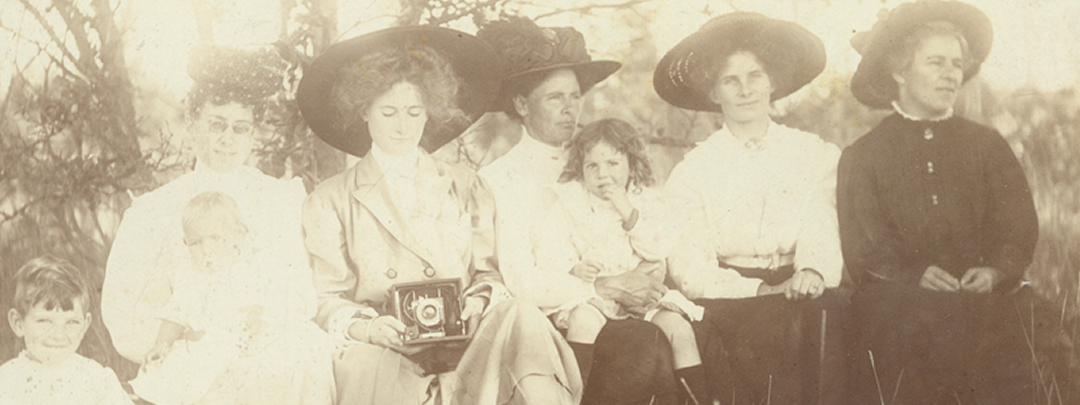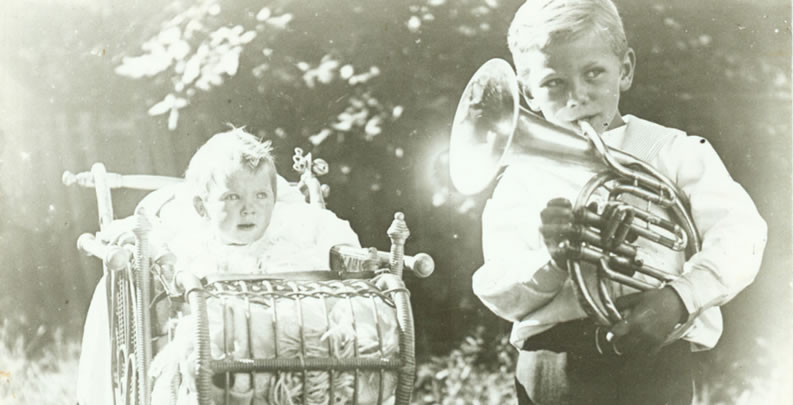To what extent does a culture of gratification produce a culture of preservation? The desire for the new, the desire for the contemporary, enables a process by which what is not-new and not-contemporary becomes available for preservation. In a culture where the new can be made to seem old, retro, classic, or vintage instantaneously with tools such as Instagram, there is a sense in which that which motivates consumption also motivates the impulse to preserve what is thrown out as a result. By implementing the aesthetics of the old to fetishize the new, Instagram draws attention to a narrative in which technology changes so fast that what seems new instantly becomes old. However, with this narrative of technological advance comes anxiety over how to preserve the amassing collections of data and technologies that are rapidly becoming obsolete. As Barbara Bordalejo asked at a recent ETCL and Maker Lab panel on “Long Term Thinking with Technologies,” not everything can be preserved. And if we don’t preserve everything, what are the criteria we use to select what is preserved? Who gets to make these selections?
Bordalejo’s questions are particularly relevant in the digital humanities. A recent workshop facilitated by the University of Victoria library, entitled “Why the Library Won’t Archive Your Digital Project,” listed a set of topics that included items like “What criteria is used?”; “Does the department cost share on the project?”; and “When does the library take on a project?” Factors that impede the process of institutional preservation include issues of consistent metadata (information that describes an image, text, audio recording, or object to enable preservation and discovery), copyright issues, and structural costs. At present, the UVic Library is planning to create a set of standards by which both librarians and students will have a better understanding of what is required in order to archive digital work. Perhaps at odds with the institutional impulse to standardize is the increasing drive to make scholarship accessible and relevant to the public, in which case scholarly work, especially archival work, begins to compete in a market of both the old-made-new and the new-made-old.
Audrey Alexandra Brown, the poet and writer whose material I am now translating into a digital medium, consistently produced the new-made-old, anticipating, in a sense, today’s Instagram users. She wrote weekly newspaper poems for a mass audience. Her themes and style recalled nineteenth-century romanticism at a time when increased industrialization, communication, and global conflict was transforming the way literature was conceived of, produced, and marketed. In my exhibit of Brown’s work, how can I draw attention to the similarities between Brown’s antimodern impulse and the cultural impetus to produce the new-made-old, between Brown’s sentimentality and our own nostalgic moment? How can I best explore the cultural and social implications of this relationship?
Post by Jana Millar Usiskin, attached to the AABrown project, with the exhibits tag. Featured images for this post care of the Audrey Alexandra Brown Collection at UVic. Digitization by Jana Millar Usiskin.


